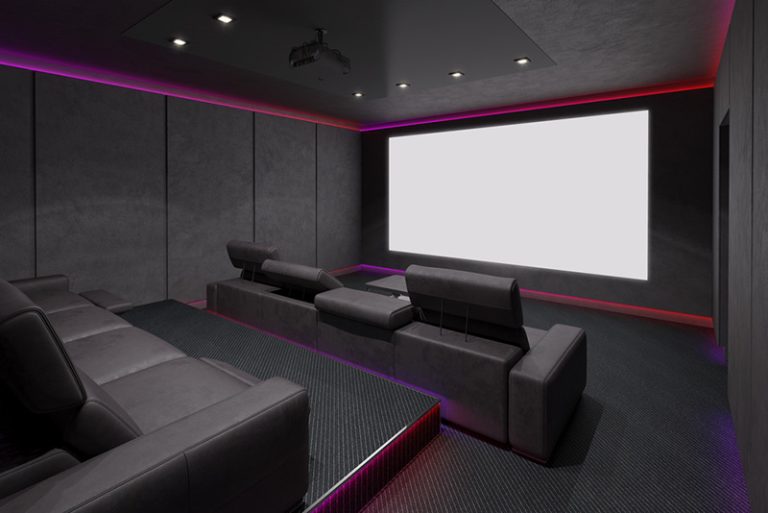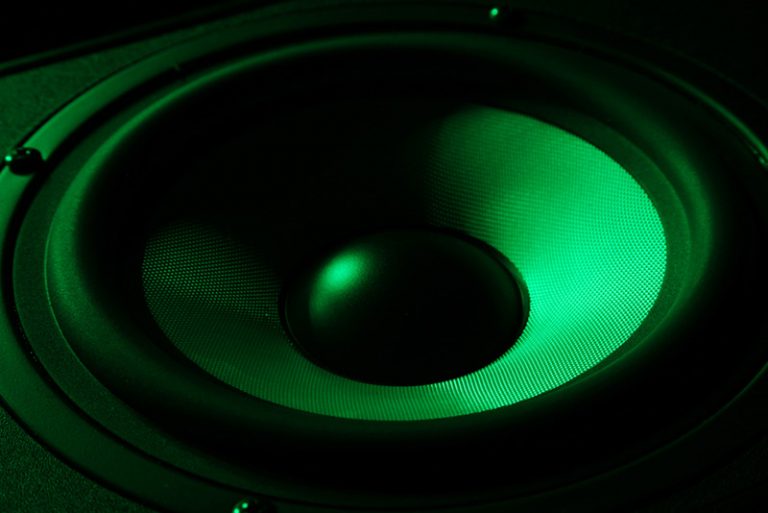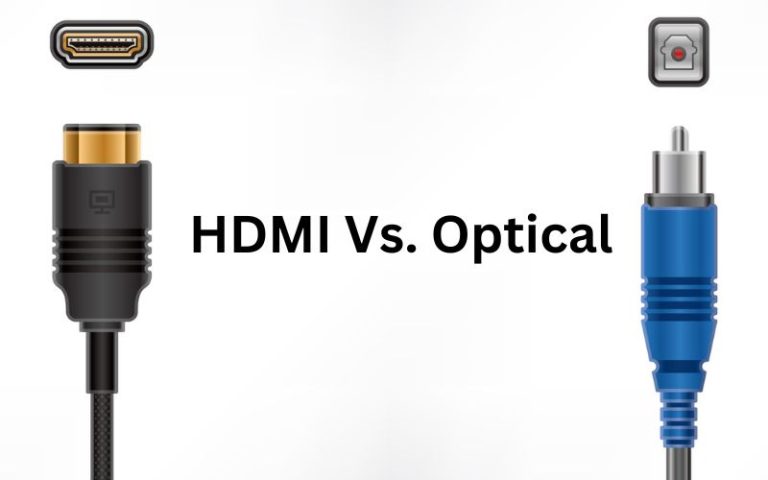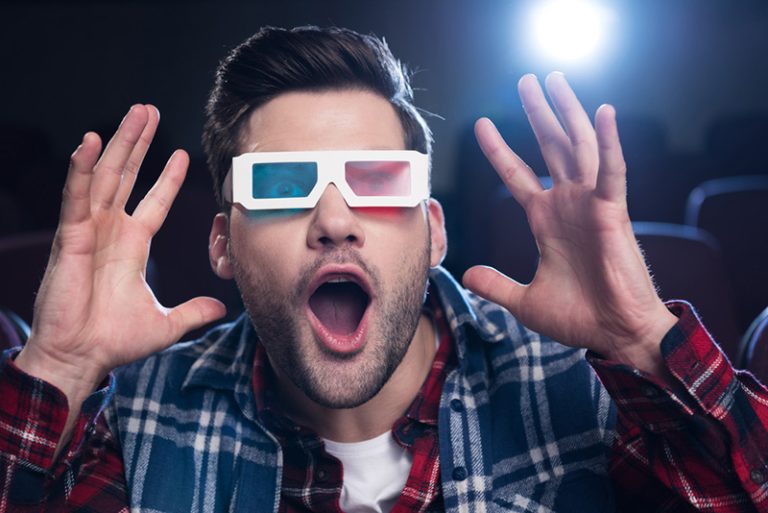What Hz Is Best for Bass?
While setting up audio devices such as woofers and subwoofers, you have many options to choose from. From where you should position it to how low you should make the frequency, it almost begins to seem like rocket science.
The best Hz settings for bass are around 60-250Hz. The exact frequency will be based on the equipment you have and your personal needs. For safety reasons, most recommend keeping sub-base around 20-60Hz.
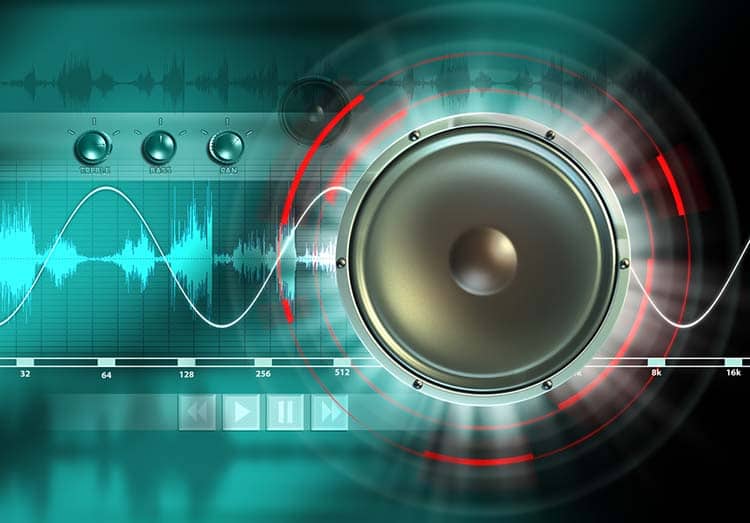
Continue reading to learn more about what Hz means and how to set up different devices for the optimal listening experience.
Also read, Best Subwoofer Placement Options for Home Theater
Understanding What Hz Is and How It Works
Hz is the abbreviation for “hertz.” It’s a part of the international metric system, standing for how many cycles per second a (sound) wave goes. Hz ties directly with the speed and wavelength of waves (in this case, sound waves).
With this, lower Hz levels mean that sound travels in longer/slower waves, meaning it will sound lower (and vice versa for higher Hz levels).
This also means that physically, the sound can take longer to reach you than a higher pitch could.
While Hz is used for most waves, for the purpose of this article, I’ll be using it to describe the frequency of sound waves.
You can easily apply this knowledge to use your speakers and subwoofers to create the best setup for a balanced listening experience. For instance, specific devices and sound ranges are often connected to specific frequencies, such as:
- Speaker: General Audio (200Hz-2/4 kHz)
- Bass: 60-250 Hz
- Midrange: 500 Hz-2 kHz
- Higher Range: 4-6 kHz
What Hz Is Best for Bass?
The best Hz for bass is between 60-250 Hz, as recommended by professionals. These ranges protect speakers from damage and ensure optimal safety and listening experience for you. Listening to bass at too low a frequency outside of this range can damage hearing.
These ranges work in the optimum of most speakers/subwoofers on the market, making it a great guide to help you get your audio setup started.
If all else fails, I recommend looking at the back of your speaker (or the box/owners manual) to find the exact range that you should keep your specific machine in!
It’s also important to have the correct bass/low-range settings because incorrect frequency placement can cause audio to be heavily impacted. For example, if you were listening to a female pop singer and had the bass frequency too high, then she would start to sound more like a man.
This effect is caused because the original higher frequency sounds (the female singing) are now forced to come out of the lower speakers. This shows that keeping frequencies in the correct ranges is best because straying can often cause negative audio changes.
Dangers of Listening to Ultra-Bass Sounds
As with any loud audio device, some warnings come along to protect you and your health. In this specific case, most warnings revolve around the use of sound frequencies that are too low.
Low sounds (while often more quiet and slow than higher ones) greatly impact us. In healthy uses, they can let us feel the music, vibrating our entire bodies through their force. With this, if they are too low, they can negatively impact our hearing and even our bodily systems.
While loud treble is extremely dangerous and can cause permanent hearing loss, bass isn’t that good for you either.
Being too close to a subwoofer at a party or concert may cause nausea, dizziness, disorientation, vomiting, and hearing loss.
Because of this, you must test out to see if adding bass speakers is something you can handle (and if you can, you should always stay in healthy frequency ranges!). And you may want to consider bringing your best pair of earplugs along to the next concert or part you attend.
Using a Subwoofer for Bass
While any woofer can output some kind of bass, a subwoofer will do it best. Subwoofers usually have a frequency range output of 20 – 200 Hz.
The lower the frequency gets, the more powerful the bass. Hip-hop beats, metal, grunge, and rock sound phenomenal with extremely low frequencies.
However, not everybody likes that. That’s why the 60+ Hz range is best. Moreover, even the best speakers can’t go below 50-60 Hz.
Some subwoofers can even output infrasound, which is a fancy name for sound waves below 20 Hz.
You can’t hear this kind of bass, but you can feel the vibrations. In fact, it’s often used in horror movies for jumpscares or to build up tension and anxiety.
How To Set Up a Bass Device
Now that you understand the physics and applications of what Hz is best for bass, you can safely set up your device. Do this with just three simple steps:
- Connect speakers. Follow normal setup instructions for general speakers, making sure to adhere to any specific instructions given by the manufacturer.
- Test speakers. You must test speakers in different locations around the room and even moving so you can know the best setup.
- Combine devices. With this, many people now opt to use multiple devices together to maximize sound quality. If you plan to do this, you should test everything together to learn what area is best to use them.
Conclusion
In the end, bass frequencies fall best around the 60-250 Hz range. This allows your speakers to function in their optimal range, allowing them to create the best possible sound. This also makes sure that you can listen healthily without causing harm to your hearing.
Overall, the settings for your bass audio device depend on your machine and what you want from it, so the best way to learn the settings is to play around with it yourself!
Sources
- CUI Devices: Understanding Audio Frequency Range in Audio Design
- Encyclopedia Britannica: Hertz
- Woofer Guy: What Hz is Best For Bass?
- Northwestern: What is Frequency?
- US National Library of Medicine: Effects of whole body exposure to extremely low frequency electromagnetic fields (ELF-EMF) on serum and liver lipid levels, in the rat
- Wikipedia: Subwoofer
- National Library of Medicine: What is infrasound?
- Reddit: Can too much bass be bad for the body?
